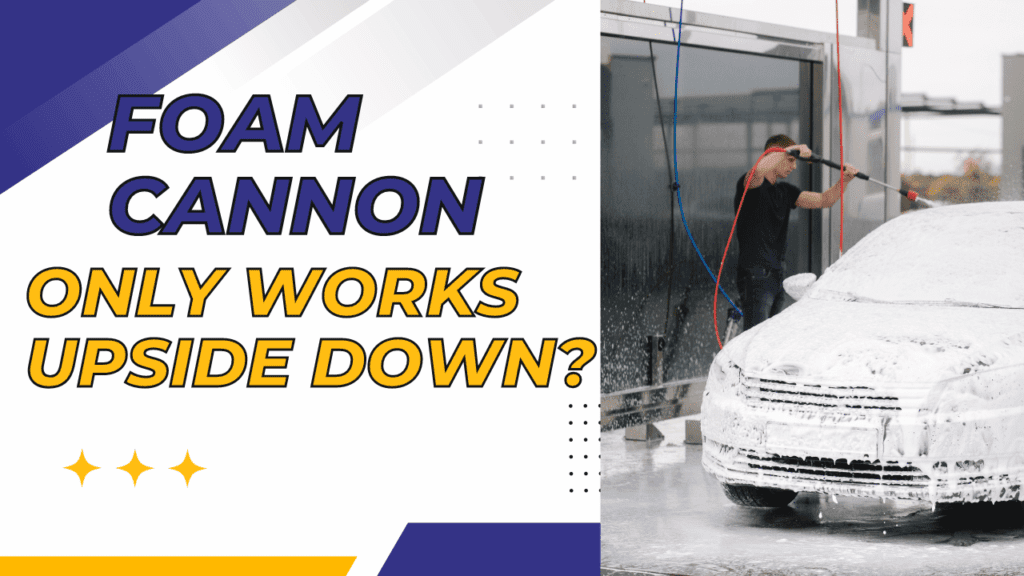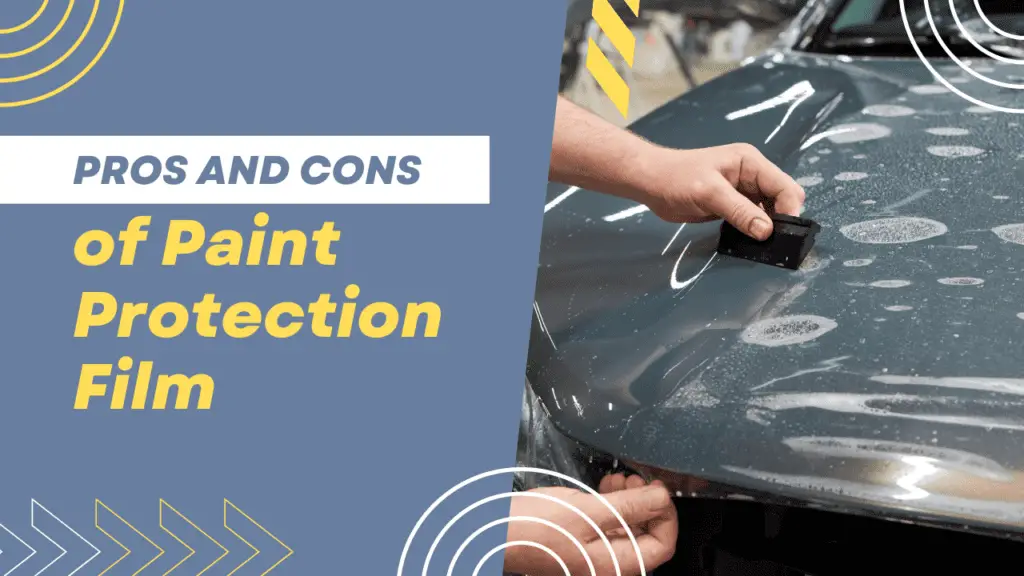Spilling gasoline on your car’s paint can be concerning, as gasoline has the potential to damage the paint finish if not addressed promptly.
In this article, we will discuss the best ways to deal with spilled gas on car paint and provide tips on how to prevent such spills from happening in the first place.
Table of Contents
Dealing with Spilled Gas on Car Paint
Safety Precautions
Before attempting to clean up spilled gasoline, it is essential to prioritize safety. Make sure you are in a well-ventilated area away from open flames or any potential sources of ignition. Wear protective gloves and avoid inhaling gasoline fumes.
Immediate Action
Act quickly to minimize the potential damage caused by spilled gasoline. Use a clean cloth or paper towels to blot the affected area gently. Avoid rubbing, as it may spread the gasoline and increase the risk of paint damage.
Cleaning Process
- Start by rinsing the area with water to dilute the gasoline and remove any loose residue. Avoid using excessive water pressure, as it may force gasoline into unwanted areas.
- Next, use a mild car wash soap or a specialized automotive degreaser. Apply it to the affected area and gently scrub with a soft sponge or microfiber cloth.
- Rinse thoroughly to remove the soap or degreaser, and inspect the area for any remaining gasoline stains.
- If there are still visible stains, you can try using a mixture of baking soda and water. Apply the paste to the stains and gently scrub with a soft cloth. Rinse thoroughly afterward.
- If the stains persist, consider using a dedicated automotive paint cleaner or seek professional assistance.
Polishing and Waxing
After cleaning the affected area, it is recommended to polish and wax the car’s paint to restore its shine and protect it from further damage. Choose a high-quality automotive polish and wax suitable for your car’s paint type. Follow the product instructions for application, and use a soft cloth or applicator pad for an even and thorough coverage.
Preventing Gasoline Spills on Car Paint
Fueling Techniques
- When fueling your car, always make sure the fuel nozzle is securely inserted into the fuel tank opening.
- Hold the nozzle steady and avoid overfilling to prevent spills.
Using Funnel or Fueling Aid
Using a funnel or a fueling aid can help direct the flow of gasoline and minimize the risk of spills. It provides better control and reduces the chances of splashing or accidentally pouring gasoline onto the car’s paint.
Being Cautious and Mindful
Pay attention and remain focused while fueling your vehicle. Avoid distractions and take your time to ensure a spill-free process. Being cautious and mindful can significantly reduce the chances of accidental spills.
Regular Car Maintenance
Maintaining your car regularly can help prevent unforeseen issues that may lead to spills. Check the fuel system for any leaks or damaged components, and have them repaired promptly. Regular inspections and maintenance can minimize the risk of fuel-related incidents.
Conclusion
Dealing with spilled gasoline on car paint requires immediate action to minimize potential damage. By following the appropriate cleaning process and taking safety precautions, you can effectively address the issue.
Additionally, implementing preventive measures such as proper fueling techniques, using funnels or fueling aids, being cautious and mindful, and maintaining your car regularly can significantly reduce the likelihood of gasoline spills on your car’s paint.
FAQs
Q: Can gasoline damage car paint?
Yes, gasoline can potentially damage car paint if left untreated for an extended period. Gasoline contains solvents that can dissolve the paint finish and cause discoloration or stains.
Q: How quickly should I clean up spilled gasoline?
It is crucial to clean up spilled gasoline as soon as possible. The longer it remains on the car’s paint, the higher the risk of damage and staining.
Q: What should I avoid when cleaning spilled gasoline?
When cleaning spilled gasoline, avoid using harsh chemicals, abrasive materials, or excessive water pressure, as they can worsen the damage to the car’s paint.
Q: Can I use household cleaners to remove gasoline stains from car paint?
Household cleaners are not recommended for removing gasoline stains from car paint. They may not be formulated specifically for automotive paint and can potentially cause further damage.
Q: How often should I wax my car to protect the paint?
The frequency of waxing your car depends on various factors, such as the type of wax used, driving conditions, and climate. As a general guideline, waxing your car every three to four months can help maintain paint protection and enhance its longevity.







